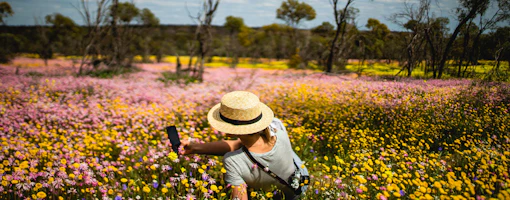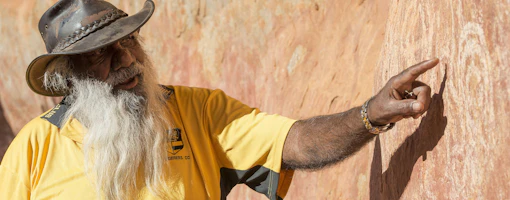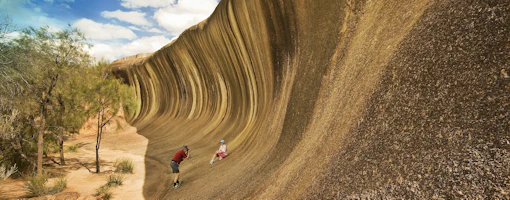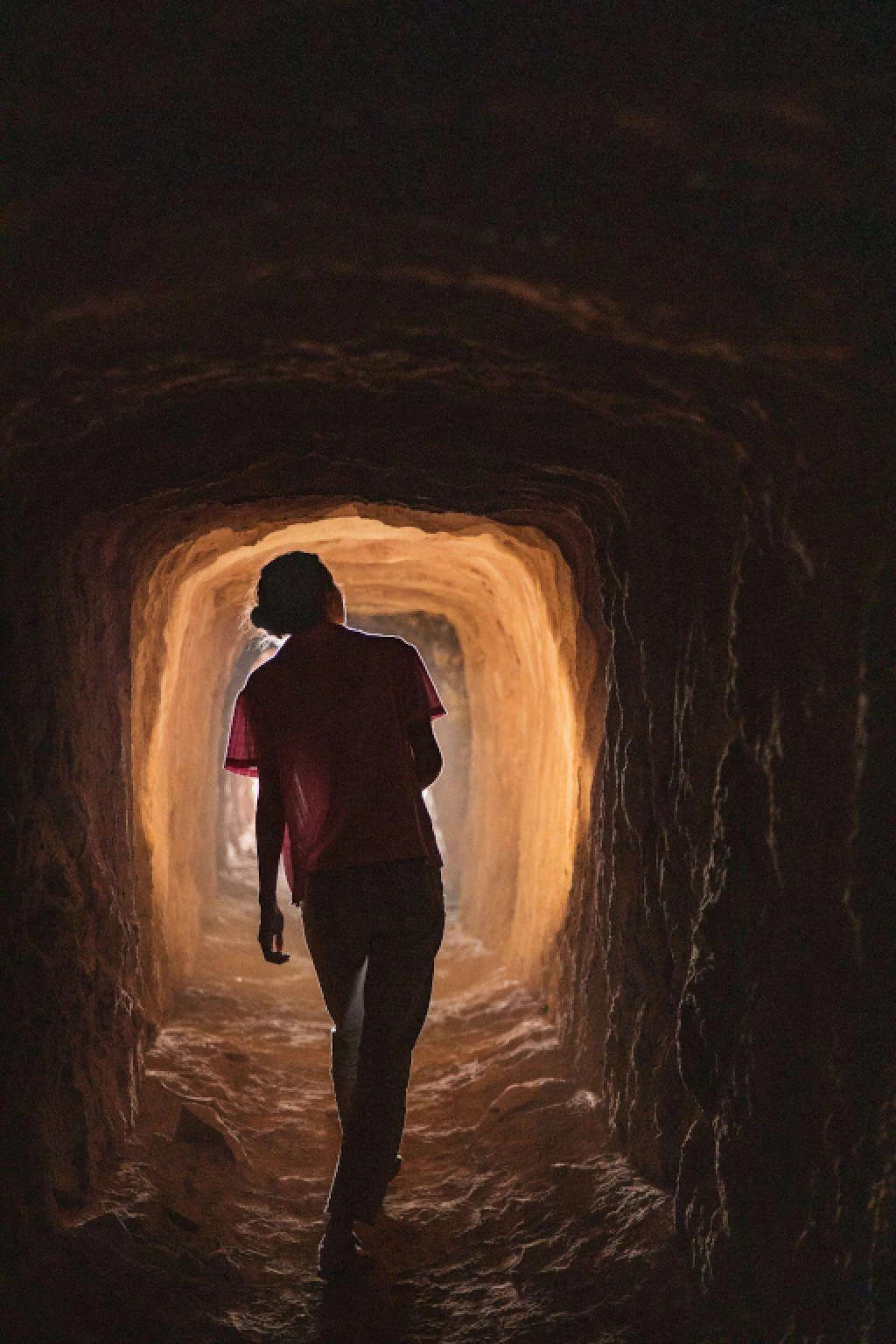
Explore Yalgoo and Karara with this fun 4WD adventure
Chris Morton, editor at Western 4WDer magazine shares his thoughts about exploring this beautiful, rugged part of Australia's Golden Outback.
The Gascoyne Murchison region of Western Australia is quite often overlooked by many seeking adventure, passing through as they head further north. The region, however, is rich tapestry of both aboriginal and European settlement history.
For anyone seeking to start exploring the region, a meander through some ex pastoral leases as you head towards Yalgoo is a great place to start. The properties are known as Karara, Warriedar and Thunelarra, along with three other properties, now form the greater Karara Rangeland Park which is managed by Parks and Wildlife.

The ghosts of our pastoral heritage are scattered throughout the park and the area is a biodiversity hotspot. Old station tracks are still passable using a 4WD and take you on an immersive journey passed granite outcrops and weathered basalt forming isolated hills and stunning breakaways.
The lack of man-made light also makes the area perfect for astrophotography, with many of the old station buildings providing a unique foreground subject. Camping is permitted as are fires (subject to conditions) however you need to be completely self-sufficient to stay.
The 13,500-hectare Thundelarra lignum swamp is one of the largest in the south-west and is classed as a wetland of national importance. John Forrest Lookout and Breakaway Loop offer panoramic views and the park also has the ruins of the Damperwah State Farm along with historic grave sites. Camel Soak, nestled in a granite outcrop holds significant importance to the local aboriginal people and is still used today as a water source.
The tracks throughout the park do not offer an extreme 4WDing experience and you are asked to only use defined tracks. You should have a good understanding of your vehicle and its capabilities, however, as track conditions can change. If there has been rain, the ground can become impassable and venturing off-track can result in you becoming bogged. Tyre staking is also quite common.
What the park does offer is the opportunity to use your vehicle for what it was built for. To get off the black top and into some amazing country where you can explore to your heart’s content. A place where you can sit around a campfire and re-connect with each other. Minimise your impact by reducing your tyre pressure. This helps to minimise damage to the tracks. Keeping your speed down is also advisable. Carry all of your rubbish out and it is recommended that you bring your own firewood in with you.
The park offers a great place to “go remote” without being too far from civilisation if you need it. It’s also a great alternative to the popular coastal destinations favoured by so many. Once you have finished exploring Karara it is only a short drive into Yalgoo.
Yalgoo’s gold mining heritage has been well preserved since the town was established in the 1890’s. The town’s character is on full display with the heritage buildings built at the turn of the century. Take a look at the railway station and visit the cemetery. The convent chapel, built by Monsignor Hawes, is one of the many buildings he built through the north-west. The Court House Museum is a great place to spend some time soaking up the past. Be sure to visit Jokers Tunnel.
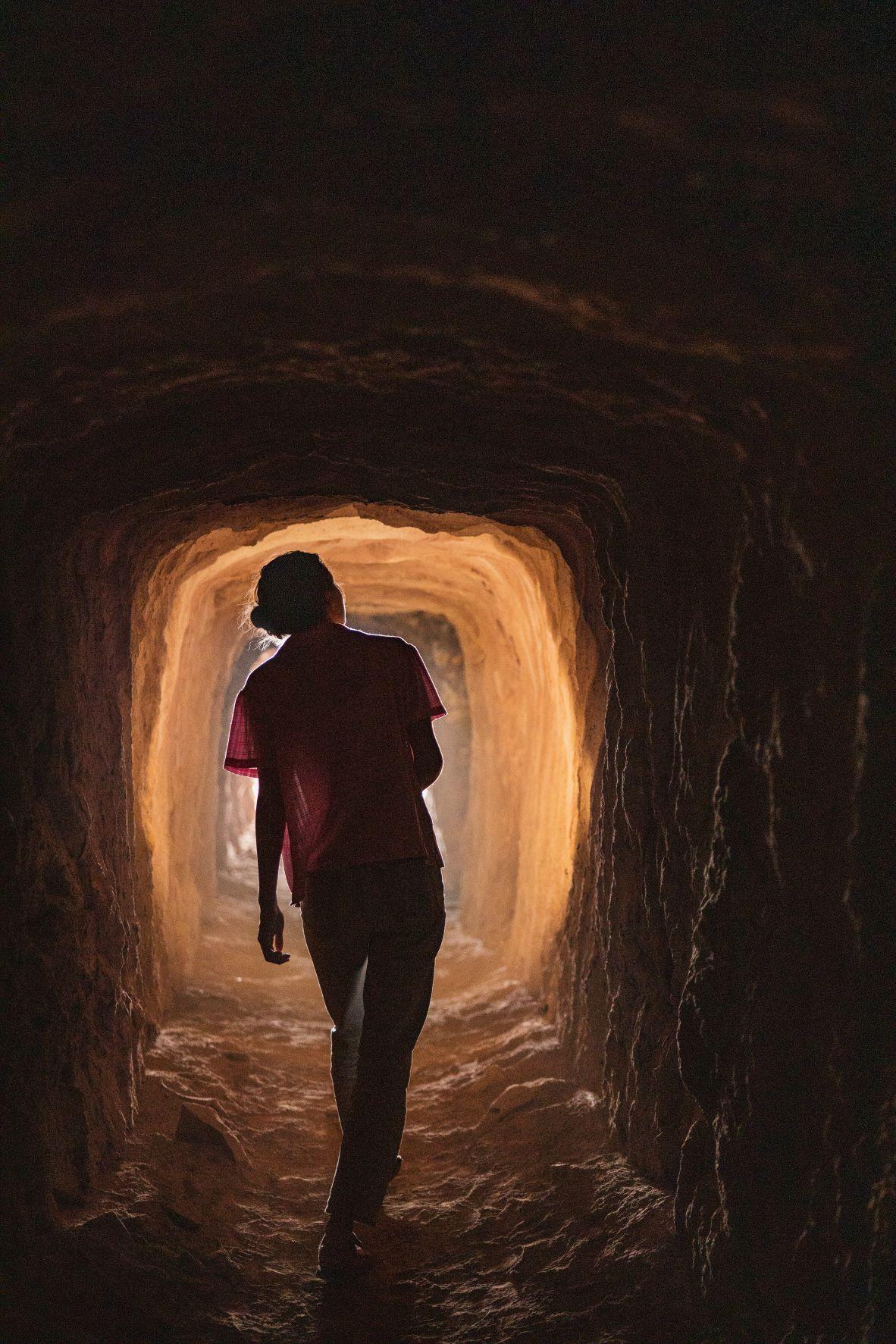
Melangata Station offers visitors a station stay experience with several accommodation options. Jo and Ken Clews also run tours of their historic homestead as well as guided drives to scenic locations around the property. The station is crisscrossed with break-away country and spectacular vistas
East of Yalgoo, closer to Cue is an art gallery worthy of any museum. The aboriginal rock paintings which adorn the walls at Walga Rock is the largest collection of indigenous art found anywhere in Western Australia. They record the stories of the Wajarri People and there is even what appears to be a painting of a sailing ship with an identified script below it. The theory is that this could have been painted on the rock by survivors or by tribe members that observed the ship. The rock itself is also one of the largest granite monoliths in the state.

Regardless of your destination, always ensure your vehicle is ready and you have the appropriate fuel, water and food supplies for the trip. Leave your travel itinerary with someone reliable and speak to them about what the plan is if you fail to check in.
What are you waiting for, the Murchison is calling.
If you're planning a 4WD adventure, make sure you check out the Western 4WDer website and guide books. They offer incredibly detailed information and planning tips for your next 4WD adventure.





